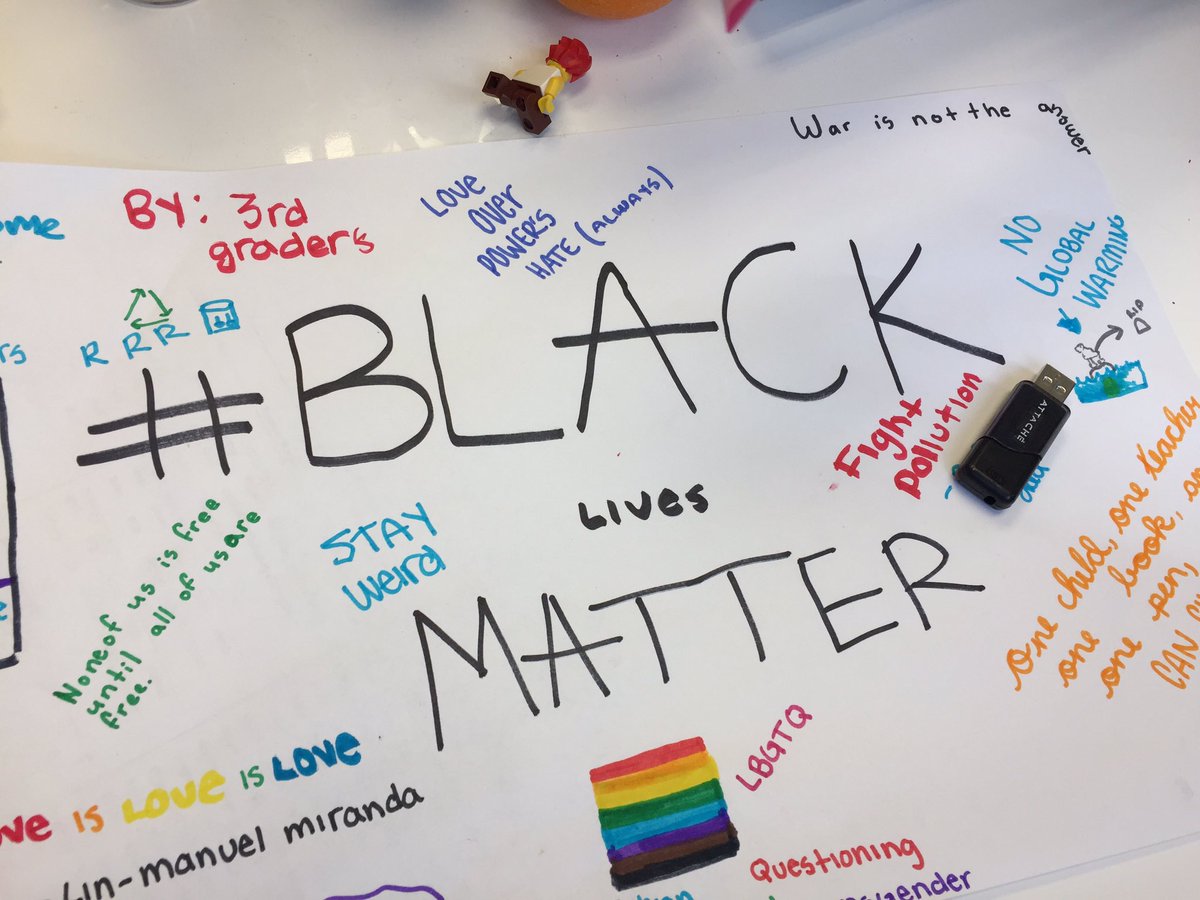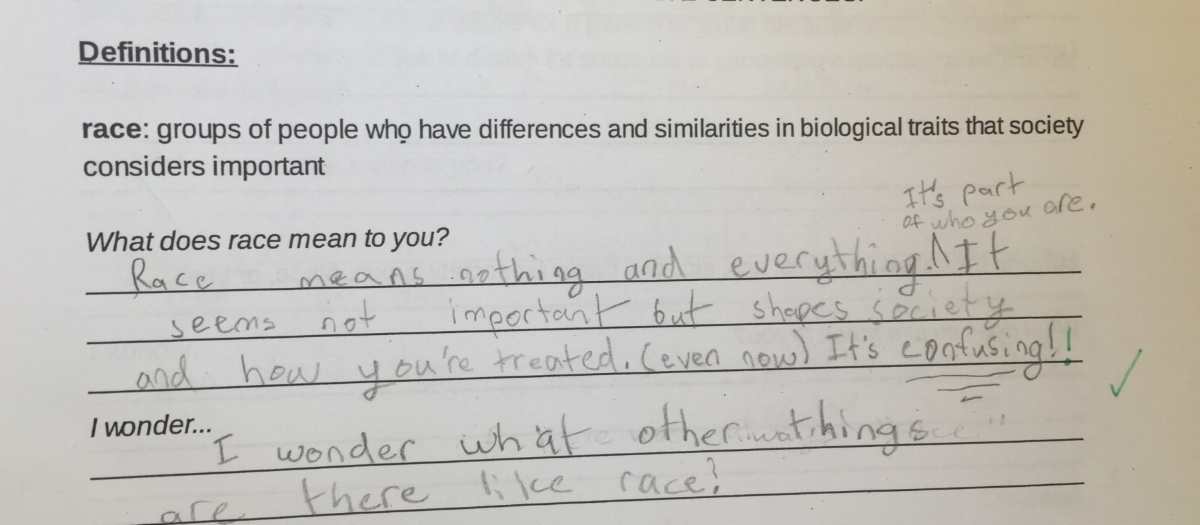Valentine's Day
Congratulations to teachers who have made it halfway through February! It is always a feat of endurance, but even more so this year. Last year, my co-teacher and I decided to find a way for students to exchange cards (no food) despite all of the challenges as we felt that they needed the joy and celebration. We were back in person, but only for half days, and the adults at our school had just started to get vaccinated. So we had the students bring in cards earlier in the week, distribute them in bags they decorated, and then had the bags “quarantine” so we would all feel comfortable touching them. This was before the revelations about how COVID actually spreads and we wanted to bring some connection and fun to a very odd school year. Of course, we said no food, and specified that while bringing cards was optional, you must bring one for everyone if you are going to bring them in.
Even if exchanging cards doesn’t work for you or your class, there are many different ways you can approach Valentine’s Day. We’ve included some resources below with a list of possible read alouds. We’ve also written cards for seniors (through DC Public Library) and focused on writing cards for people in our school community that might not get a lot of cards on Valentine’s Day as they aren’t part of a class. I’ve had students make cards for someone at home or share appreciations about classmates.
One of my favorite memories of Valentine’s Day at school, however, is when Gabby and I gave our 5th graders some Valentine’s Day commercials to peruse with a few different lenses. Students worked in groups to investigate and share their observations and questions, and then we shared out as a class. The students had a lot to say about the commercials (this was in 2014 so maybe/hopefully commercials nowadays would have more representation?) and were especially upset that no one in the commercials was wearing glasses. I sometimes wear glasses and my students took the exclusion of glasses from the commercials very personally on my behalf! It was unexpected and very hard not to laugh as you truly never know what students will come up with.
We started by asking students what they think of when they think about Valentine’s Day. Students shared different associations and traditions. Then, we put students into small groups and gave them a tracking table to record observations and questions (pictured above). Each group watched the same 4 commercials, but did an in-depth analysis of one commercial through the lens of gender, sexuality, racial or ethnic representation, and socio-economic status. We taught into some of these terms earlier in the school year and in general, made sure students knew what they were investigating.
Here are the commercials we used:
FTD (flowers) - we weren’t able to find a working link to the commercial we used in the past, so here is another example.
Jewelry (Pandora) - again, we weren’t able to find a working link to the original commercial we used, but here is another example.
In addition to the frustration over no one wearing glasses, students had A LOT to say. They felt that the commercials depicted women as “greedy” because they “just wanted people to buy things for them” and that everyone had to have a relationship a certain way even though there are so many ways to celebrate Valentine’s Day or care about someone. Students also noticed that everyone in the commercials was white, straight, and seemed to have a lot of money or at least not be at all worried about money. We also pushed them to think about why this messaging matters or what impact it might have outside of Valentine’s Day. Students had a lot of ideas and reflections and many made personal connections with feeling alienated or not seeing themselves or their families represented.
Read Alouds:
Both of these could be combined with a writing exercise asking students to write/create in answer to the prompt what is love? Or what does love mean to you?
Love by Sophia by Jim Averbeck
Love by Matt de la Pena
Other Resources:
The Dark Origins of Valentine's Day: NPR (this is definitely a read for adults)
Resources for Learning about Empathy on Valentine's Day: Edutopia
Resources for Teaching About Love: Rethinking Schools
Happy Valentine’s Day (or halfway through February!) to all of you - however you choose to celebrate, or not. We know you show love to students every single day in so many different ways. Please share any other ideas you have for activities, investigations, read alouds, or more.




















